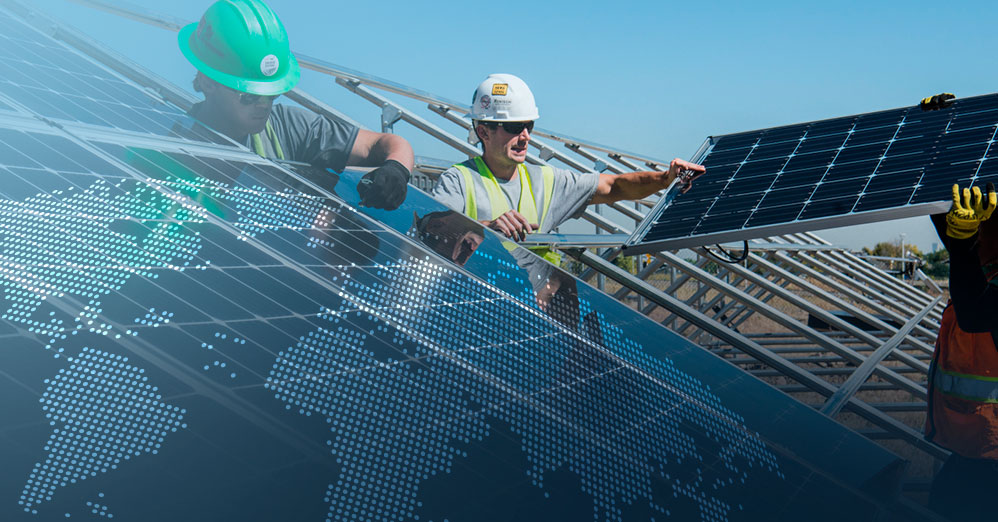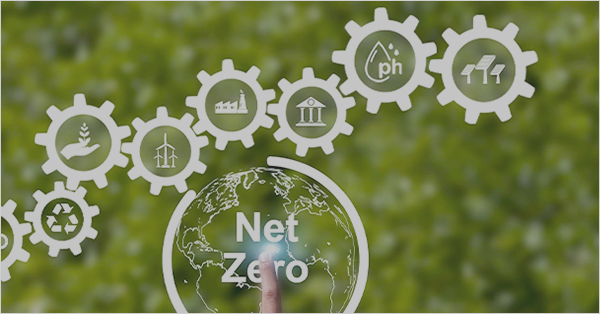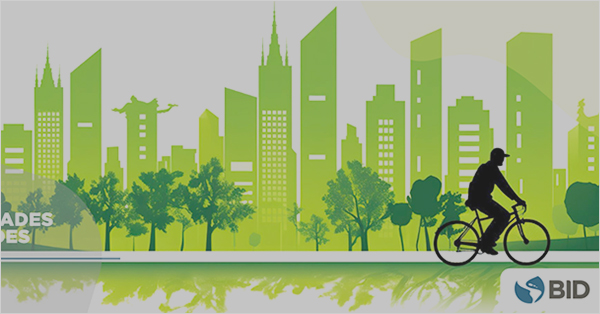
Increasing energy efficiency is an essential element of the low-carbon economy and is crucial for achieving global greenhouse gas (GHG) emissions reductions required by the Paris Agreement. In addition to being a highly effective way to reduce such emissions, energy efficiency reduces operational costs for companies and, as a “green investment”, can spark sustainable economic recovery. Yet, despite such benefits, some investors remain reluctant to enter the market. The Inter-American Development Bank (IDB) is helping remove such obstacles, particularly for small businesses.
While energy consumption accounts for a substantial share of operating costs for small- and medium-sized enterprises (SMEs), many continue to stay clear of investments in energy efficiency measures that could positively impact their bottom lines, arguing they lack funding needed to cover the high upfront costs of acquiring energy-efficient equipment. Some perceive investments in energy efficiency as risky, focusing instead on improvements to their core businesses, where they feel they can better gauge risks and returns, though preventing new technologies from entering the market.
In 2014, the IDB partnered with the Danish Government to tackle such barriers. Together, they developed the Energy Savings Insurance (ESI) Model to increase private sector investments and engagement in energy efficiency projects. The innovative Model aims to reduce perceived risks, especially among SMEs. Under the ESI Model, the project’s energy savings are guaranteed by an insurance policy. ESI is applicable to projects for replacement of outdated equipment (brownfield projects) as well brand-new facilities (greenfield projects). Distributed generation projects, mainly for photovoltaic solar energy generation, are likewise eligible. In this case, the insurance guarantees the power generated.
Four Risk-Reduction Elements in Energy Efficiency Investments
The ESI model is comprised of the following four key elements:
1. Standardized contract: A simple and clear framework for negotiations between SMEs and technology providers, in which energy savings or energy generated by the projects are guaranteed by the provider.
1. Insurance: Covers potential underperformance of the project through a contract compliance guarantee granted by an insurance company. If at any time the project underperforms, the insurance will cover the shortfall for the client.
2. Validation: An independent technical entity conducts a quality control review to certify that the promised energy savings or energy generation will be realized.
3. Financing structure: Link green financing and projects that adopt the ESI Model. As the model brings certainty, it guarantees cash flow to projects and reduces the risks of credit repayment default, resulting in more favorable loan conditions.
The ESI Model has been undergoing successful development in Colombia and is being replicated across the region through an alliance with National Development Banks (NDBs). ESI has been recognized by the Global Innovation Lab for Climate Finance as one of the most innovative sustainable investment solutions. The IDB’s intervention includes the development of the ESI Model’s components: mobilization of market actors, support for the development of demonstration projects, and the scaling up of the program. Since reaching the proof of concept more than 80 projects have used the ESI Model mobilizing investments of more than $18 million in less than two years.
Moreover, a series of key stakeholders have benefited from the IDB-Danish supported technical assistance, including technology providers, insurance companies, SMEs, financial institutions and validating entities. The initiative has also contributed to enhance the quality of projects by creating an ISO 50001 based protocol to estimate, monitor and evaluate energy savings or energy generation in projects. The IDB recently released a publication that elaborates on the details of ESI and its potential market in Chile, available at: IDB Publications. In 2021 a series of online events to disseminate the lesson learnt will be posted in the Greenfinancelac portal.
The ESI Model Goes Global
After its creation and successful implementation in Latin America, interest in the ESI Model has expanded worldwide. In 2018, the first phase of the ESI Europe project was born. BASE, who supported IDB in the outset of implementation of ESI, identified a potential investment market for energy efficiency projects estimated at EUR 1.2 billion. With funding provided by the European Commission’s Horizon 2020 Research and Innovation Programme, BASE started providing technical support in the instrument’s deployment in Italy, Portugal, and Spain, adapting ESI elements to European markets, and engaging necessary stakeholders, such as insurance companies and financial institutions.
The ESI Europe project relies on a management information system developed using blockchain technology. This technology guarantees the traceability and reliability of energy efficiency projects during the time in which the insurance is in place, which is typically five years. A commercial brand, known as “GoSafe with ESI”, was created to put a marketing strategy and promotion for the model into action.
The ESI model’s expansion into other countries in Europe and to Asia is on the horizon. In Latin America, there is still much room for further rolling out the model and removing some of the barriers that are holding back much-needed investments in energy efficiency and distributed generation which, in turn, will contribute to the region’s sustainable development efforts. A successful energy efficiency business model from Latin America will pay dividends to the world!
Authors:
Rodrigo Chaparro. Rodrigo has over 20 years’ experience in international development, sustainable energy and climate change. He works as consultant in the IFD/CMF Division of the IDB, where he manages the development and deployment of Energy Savings Insurance Program in Latin America. He has wide experience with energy sector programs of the U.S. Federal Government, Multilateral Banks, United Nations, Japanese and Danish Agencies. He worked for a private consulting firm in Washington DC, where he led the sustainable energy practice and the capture of two multimillion five-year IDIQ energy contracts with USTDA and USAID. He has had long term assignments in Colombia, Germany, and the U.S. and conducts frequent field work in developing countries. MS in chemical engineering. Fluent in English and Spanish.
Maria Netto. Maria serves as Financial Markets Principal and Climate Change Specialist at the IDB. She is responsible for supporting public development banks in Latin America and the Caribbean in creating “green” financing strategies. She worked at the United Nations Development Program (UNDP) supervising a worldwide support program for measuring investment flows and financing and for more than 10 years at the Secretariat of the United Nations Framework Convention on Climate Change (UNFCCC), where she was responsible for climate finance, and formed part of the team that established the institutional framework for implementing the carbon market mechanism set out in the Kyoto Protocol. She has a master’s degree from the Swiss Institute of International Studies in Switzerland.
Livia Miethke. Livia is a sustainable energy finance specialist with 10 years of experience in Latin America and Europe. She worked for a multinational environmental consultancy in Brazil, specializing in due diligence processes and environmental audits and most recently at the World Bank Group. Livia has experience in conducting energy assessments and market assessments for sustainable energy finance projects. At BASE, Livia is currently coordinating the implementation of the ESI Model in Europe. Livia holds an MBA and a MEng in Energy and Environmental Management in Developing Countries and is fluent in English, Portuguese, Spanish, and German.







 Stay updated on the latest trends of Green Finance
Stay updated on the latest trends of Green Finance


